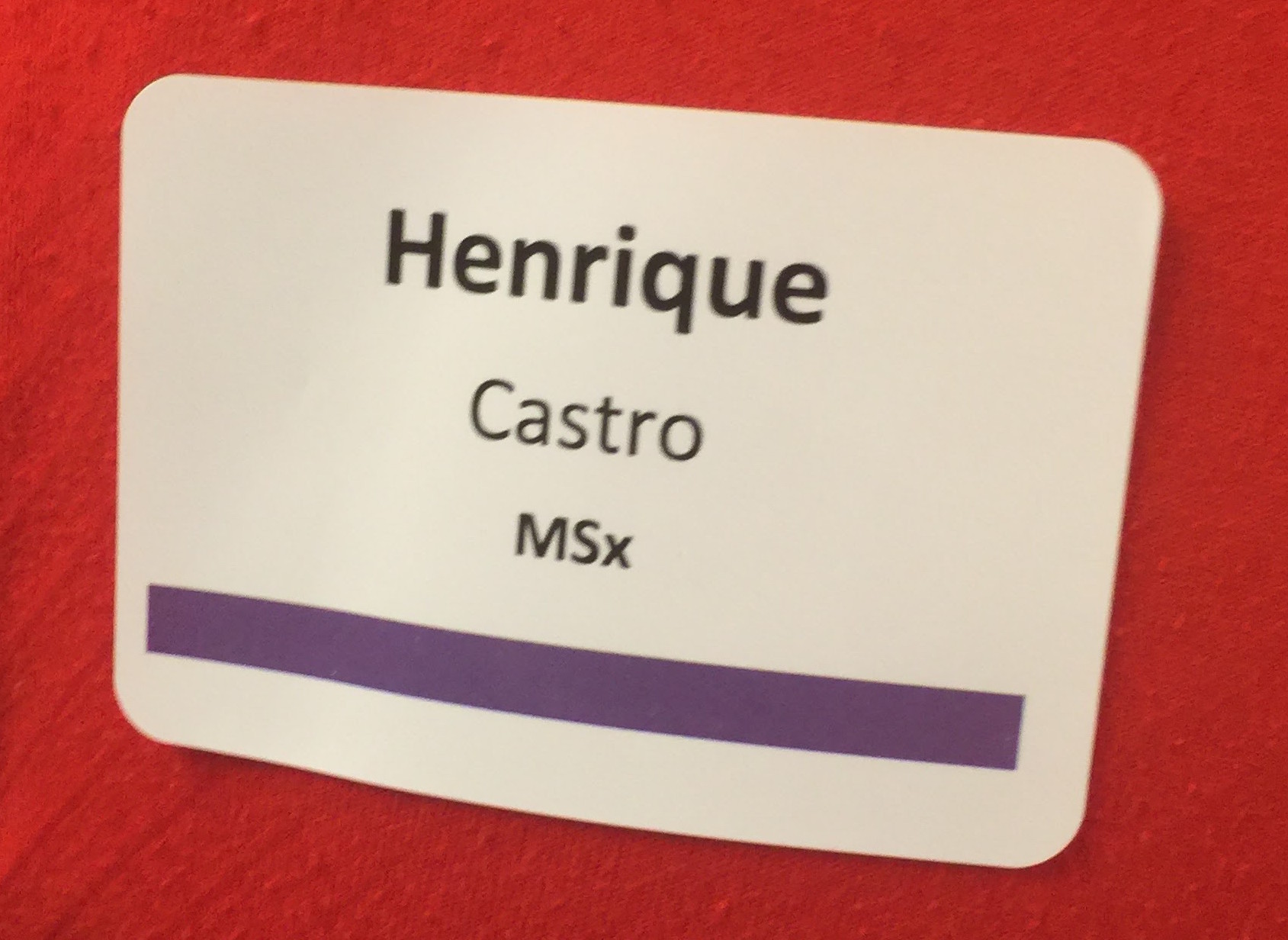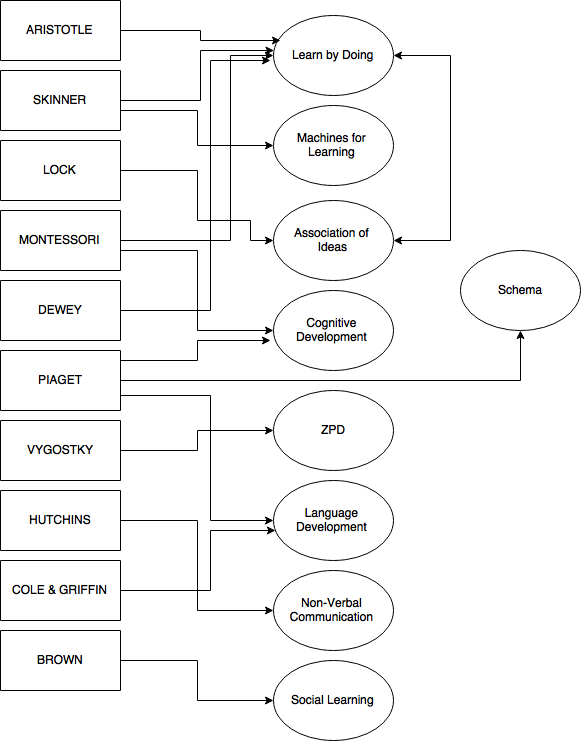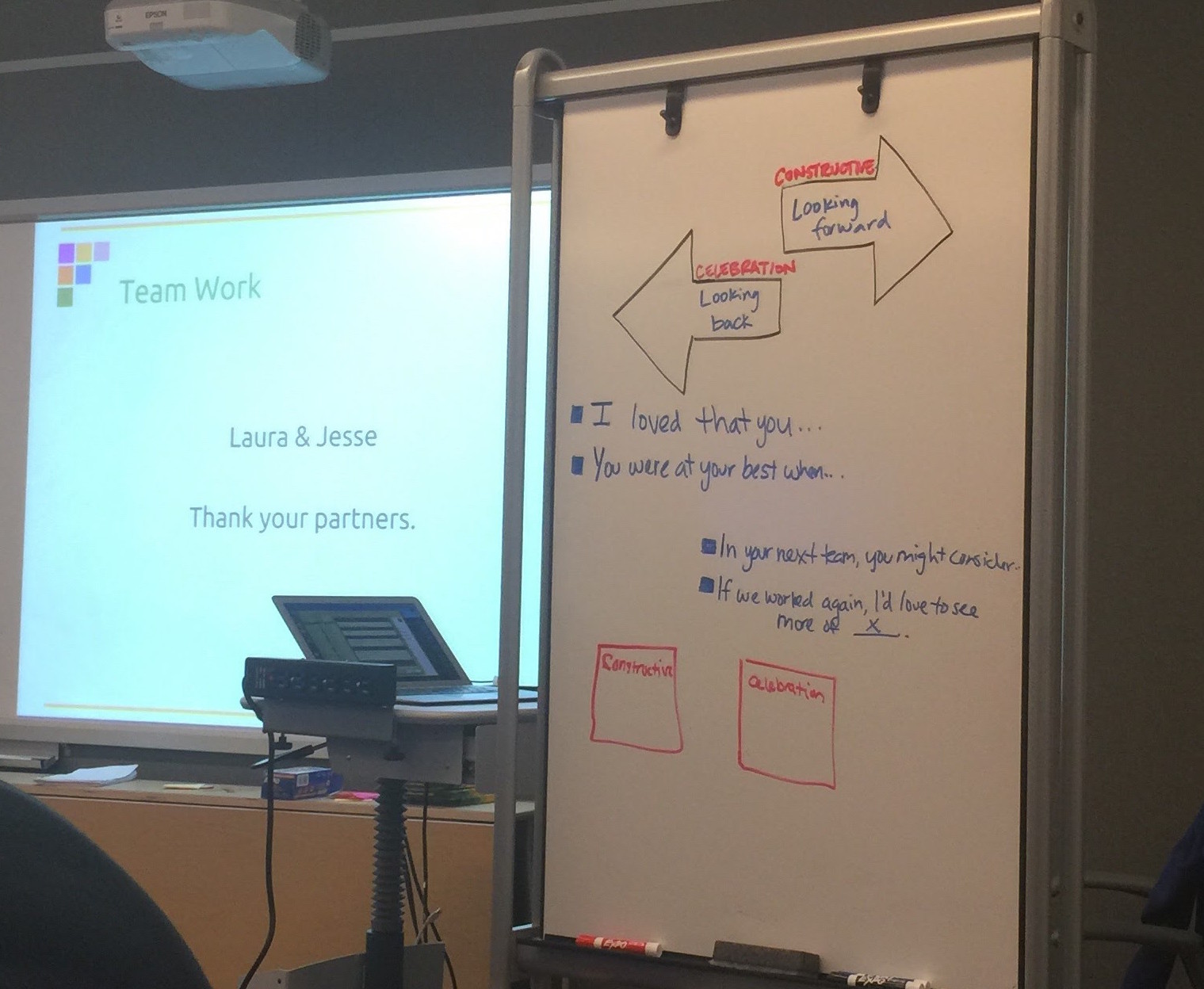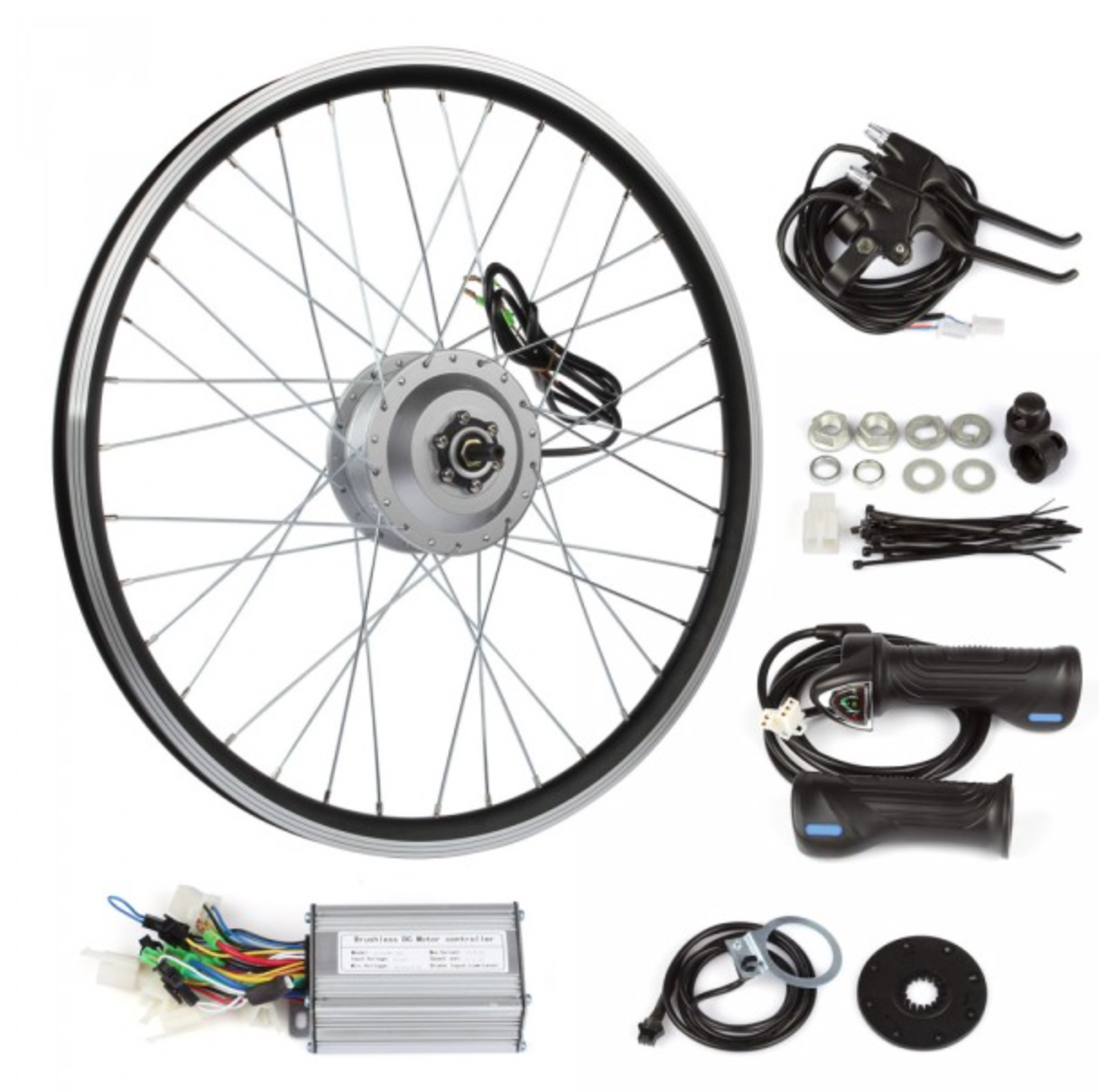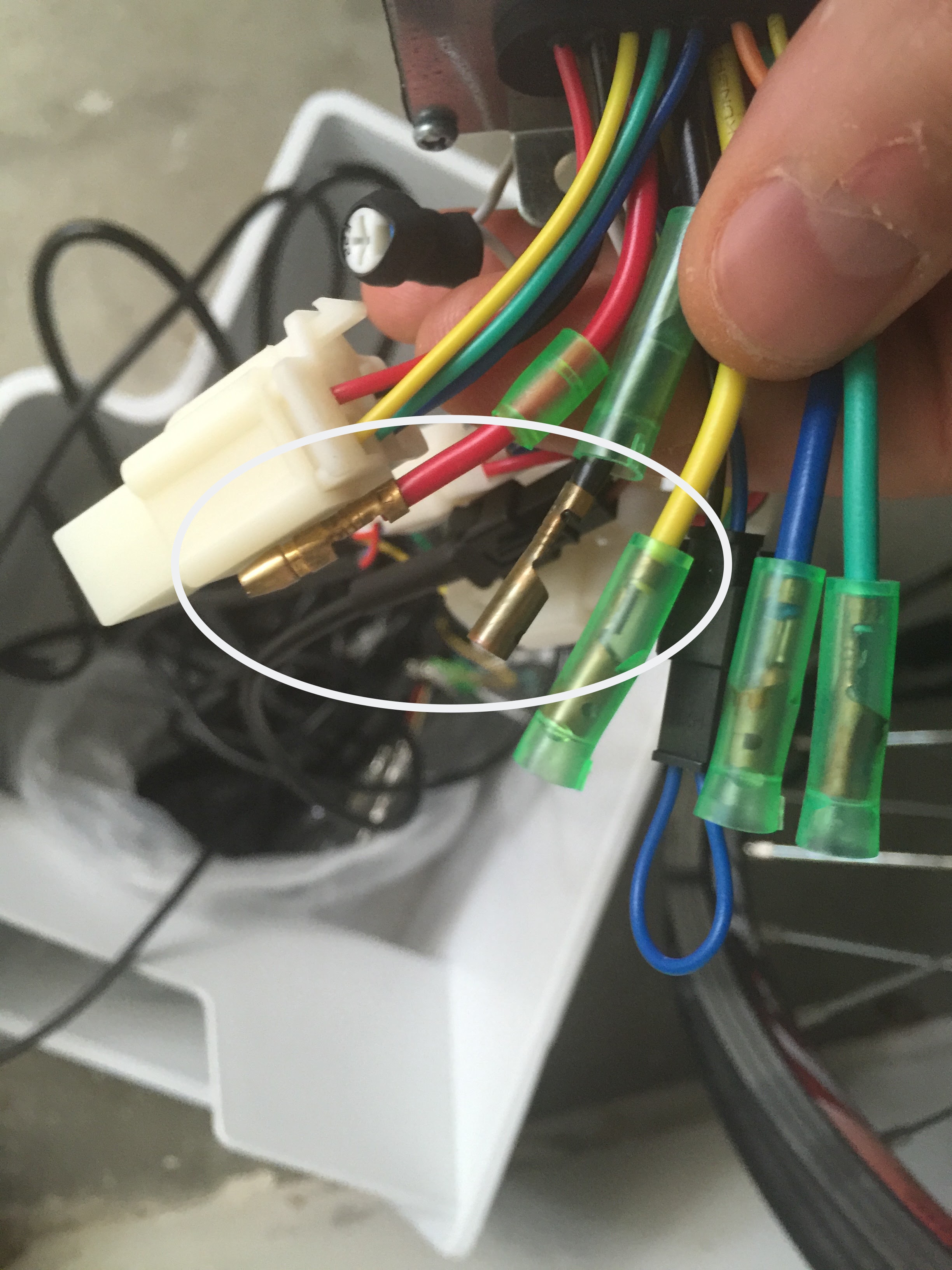We talked about classroom management and about our next assignment in class.
No notes or pictures but great class.
Correction- took notes on the iPhone:
Intro to Teaching
Nov 10
Class Notes
Homework next week – position paper – can cite from any reading
Questions for instructors
- How does all this apply to higher level teaching?
- Professional Development / Teacher Credential Programs
East House – Teacher Credential Programs – 5:30 – 7:00pm
How did Lampert establish norms to teach the math content?
Proactive classroom management – set norms to be able to get good behavior
“These kids must be gifted”
Classroom management
Video Review: what are the types of management techniques are being used?
- gives them a method to write down
- Write the 4 down
- Write 3 sub-items for each
- walks around verifying if they are having problems
- share with neighbor to discuss ideas
- “anyone want to add to that?”
- promotes individual decision-making – why – made them think
- mediated discussion – now you reply
- as a result of this discussion – reflect
- what we learned – is that you yourselves com up with discussions and good questions
Behavior management
-> I didn’t say that parents were at fault but that teaching is parenting to the nth power
Video analysis
Kids do well if they want to.
- Your role will be to figure out what he wants.
- Could be potentially dangerous if you work on the wrong ‘want’.
Kids do well if they can.
- Your role is to make sure that you help there is nothing on the way.
- Collaborative problem solving.
- Try to find together with the kid what the underlying issue is to find out what is getting in the way of getting them there.
Restorative justice
- as opposed to zero tolerance
- talk to the kid – empathize with their victim
Audio media about Restorative Justice
- kids are a long term project

